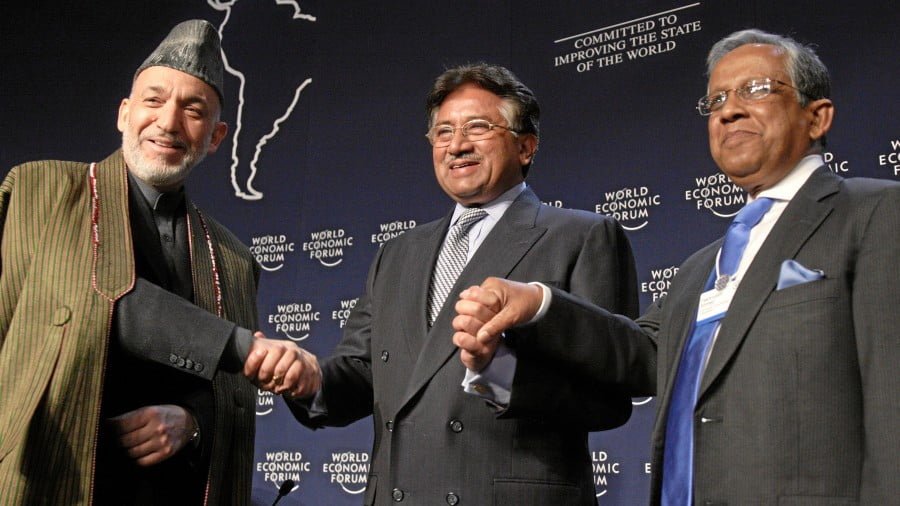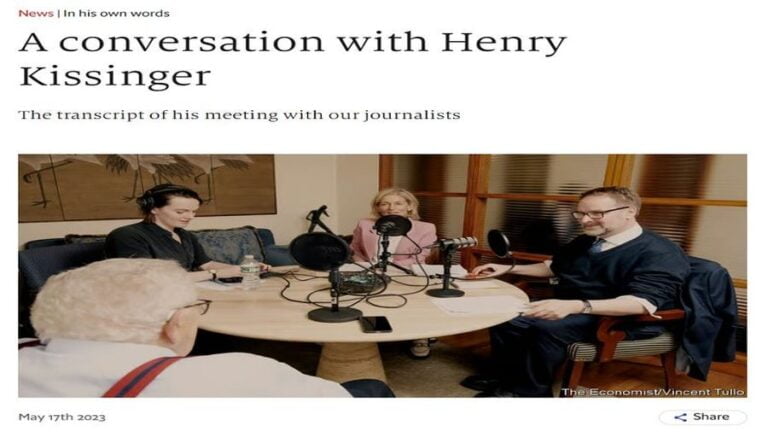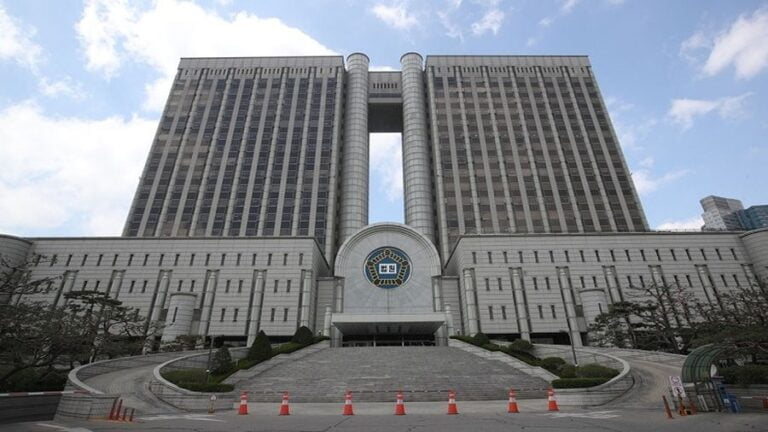Is Iran Making The Same Mistakes in The Arab World That Pakistan Once Made in Afghanistan?
Pakistan-Afghanistan relations: Lessons learned the hard way
Throughout the Cold War period, the phenomenon of ethnic Pashtun nationalism on either side of the Durand Line led to Pakistan developing an intense suspicion of multiple Afghan governments in Kabul. The Durand Line which itself is a legacy of British imperial rule in south Asia remains the internationally recognised border between the modern states of Pakistan and Afghanistan. The problem is that Kabul still refuses to recognise the Durand Line as the legitimate border between the two states, something which itself continues to fuel long held suspicions of Afghan aggression towards Pakistan in the cause of forming a ‘Greater Afghanistan’/’Greater Pashtunistan’.
It was against this background that Pakistan supported the US backed Afghan Mujaheddin during the protracted Civil War in Afghanistan during the 1980s. Furthermore, when after the war The Taliban emerged as a viable governing body in Afghanistan, they largely had Pakistan’s support, not for specifically ideological reasons, but because it was thought that supporting an organisation which in spite of its Pashtun roots, stressed pan-Islamic tendencies over Pashtun ethno-nationalism, that Kabul’s historic disregard of the Durand Line might be minimised.
In this sense, while Pakistan’s support of the post-1996 Taliban government in Afghanistan can be understood through a prism of rationalism – ultimately the rationale behind Islamabad’s 1990s strategy proved to backfire on Pakistan.
First of all, Islamabad’s support for the Islamic Emirate of Afghanistan (the former Taliban government) allowed the United States to more easily leverage Pakistan in order to force Islamabad to back George W. Bush’s so-called ‘war on terror’ after 9/11. Incidentally it was only after 9/11 when the US itself decided to shift its position from one which covertly/tacitly favoured the Taliban to one which in late 2001 began to favour the Indian/Iranian and partly Russian backed anti-Taliban Northern Alliance.
Since 2001, no nation has suffered more due to its alliance with the US in the ‘war on terror’ than Pakistan. This includes both the loses of Pakistani soldiers and innocent civilians gunned down both by cross-border terror groups as well as US drone strikes which under both the Bush and Obama Presidencies were notoriously inaccurate in respect of separating terrorist gatherings from totally unrelated civilian gatherings, including weddings.
Secondly, the early 2000s witnessed the rise of what ought to be called ‘Talibanism’, as an ideology which existed and to some extent still exists as a cross-border rather than national phenomenon. In 2007, an anti-Pakistan terror group called Tehrik-i-Taliban Pakistan (TTP) formed in the Pakistani province that is now called Khyber Pakhtunkhwa. While TTP broadly shares the same theocratic Islamist ideology as the Afghan Taliban, TTP was interested less in overthrowing the US installed government in Kabul than its primary goal of sowing chaos in Pakistan with the ultimately aim of overthrowing the government and state institutions of Pakistan. As such, TTP was at times covertly backed by some of the same foreign deep state bodies that were historic enemies of the Afghan Taliban, including both India and the Kabul government.
Thus, while both the Afghan and Pakistani Taliban had different goals that in many respects were contradictory, the ideology of Talibanism ended up blowing back onto Pakistan in the early 2000s. Today’s pragmatically minded military Establishment in Pakistan has largely decimated TTP while the regional government in Khyber Pakhtunkhwa led by a PTI party that looks to be on its way to victory in next week’s national elections in Pakistan, have helped to drain the swamp from such TTP first emerged.
Likewise, when it comes to Afghanistan, Pakistan is part of a larger multilateral effort that supports peace proposals backed by China, Russia and Iran which call for an all-parties peace process and negotiated political settlement to the internal crisis in Afghanistan. Likewise a clear element of this peace process is that the Durand Line must be respected by all parties as the inviolable border between Afghanistan and Pakistan.
In this sense, the policies of Russia and Iran in particular have come full circle regarding Afghanistan while Pakistan’s 1990s policy towards Afghanistan while motivated by a legitimate fear, ultimately backfired. In short, Pakistan learned that backing extremist groups even for seemingly rational reasons, one can later experience unforeseen blow back.
Iran and the Islamic Resistance
Iran’s Islamic Revolution took place only one year after Afghanistan’s leftist Saur Revolution of 1978. In the decades since, Iran’s policy towards the Arab world shifted from one of general affability towards pro-US Arab Kingdoms and distance from Arab Nationalist Republics to one that sought to influence the wider revolutionary tendencies of parts of the Arab World by backing mainly Shi’a groups fighting against Israel, Iraq (under Saddam) and more recently by backing anti-Takfiri (Sunni Jihadist) armed movements in Syria, Iraq and Lebanon.
While Ba’athist Iraq did in fact start the Iran-Iraq War, it also remains a fact that as part of the war efforts, Iran backed non-state Shi’a rebels in Iraq’s south as part of the wider attempt to de-stabilise the Saddam Hussein government which in 1980 declared war on Iran. It was also in the 1980s that Iran helped Lebanese Shi’a groups form the anti-Zionist fighting force and political party Hezbollah which emerged during the final years of the Lebanese Civil War.
Today, Iran’s influence in pro-Hezbollah parts of Lebanon remains strong while in Iraq, the leader of the Arab country’s second biggest political alliance and commander in the anti-Daesh (aka ISIS) Popular Mobilisation Unit,s Hadi Al-Amiri was himself a veteran of a pro-Iranian/anti-Saddam Badr Organization which was founded at the height of the Iran-Iraq war. Incidentally, Al-Amiri speaks fluent Farsi (Persian). Finally, ever since the western backed Takfiri onslaught in Syria in 2011, Iranian military advisers, Hezbollah and pro-Iran Popular Mobilisation Units have been active in Syria.
Iran’s reasons for brocading the scope of its presence in the Arab world since 1979 are not entirely different from what Pakistan did in Afghanistan during the 1980s and 1990s. As the US and Israel continue to push a pro-Takfiri agenda throughout must of the republican Arab world – a phenomenon once naively referred to as the “Arab Spring”, Iran has responded in kind by propping up anti-Takfiri forces in the Arab world as a buffer zone against possible anti-Tehran Takfiri incursion onto Iranian soil. So far – so objectively rational.
However, now that the threat of Takfiri terrorism in Iraq and Syria has largely been defeated as was confirmed by the Russian President during his recent Helsinki Summit with Donald Trump, Iran is facing two distinct kinds of blowback and is facing this blowback in manners all too similar to that which happened to Pakistan in the early 2000s.
First of all, just as the US essentially told Pakistan to join its war on terror by switching sides in Afghanistan along with Washington in 2001 ‘or else’, Russia is in a much more diplomatic and non-threatening way telling Iran to withdraw its presence in Syria in order to begin a mutually dignified peace process in which Iran will have a political but not an overtly military role. While Russia’s ‘do no harm’ foreign policy means that if Iran chooses to ignore Russia’s request in Syria that the Islamic Republic will not face the kind of implied retribution the US threatened a would-be non-cooperative Islamabad with in 2001, Iran does run the risk of partly alienating its Russian partner if Tehran doesn’t join Russia’s ‘operation withdrawal’.
More worrying for Iran is the fact that powerful Arab Shi’a groups in southern Iraq are now openly running riot in the streets, targeting facilities not only of the Iran allied government in Baghdad but more ominously from the Iranian perspective, the rioters are targeting the headquarters of the Popular Mobilisation Units in and around Basra. It is widely accepted that Iraqi cleric and political leader Muqtada al-Sadr is behind these violent attacks. Making matters all the more surreal, al-Sadr is a Shi’a and like Iran the al-Sadr family are longstanding enemies of former Iraqi President Saddam Hussein. That being said, even during the 1980s the al-Sadr family had doctrinal differences with Iran’s Revolutionary leaders regarding Islamic politics and more importantly, today, al-Sadr’s political coalition appears to be directly targeting pro-Iran assets in regions of Iraq that had traditionally been pro-Tehran.
The recent events in southern Iraq have proved that Arab Shi’a Islamic politics and Iranian Shi’a Islamic politics are not automatically aligned, just as in the early 2000s, Pakistan realised that ‘Talibanism’ was a less controllable force than the specific Afghan Taliban faction.
When the TTP (Pakistani Taliban) formed only to turned its guns on Pakistan, Islamabad learned that certain “resistance” movements are more difficult to control than one might have anticipated. Likewise, in southern Iraq, the atmosphere of Shi’a Islamic “Resistance” that Iran helped to foster is now being galvanised by an anti-Iranian Arab Shi’a leader and his minions.
Conclusion
Just as Pakistan realised that by embracing long-term pragmatic thinking regarding its perennial problems with Afghanistan, Iran too must embrace pragmatic solutions to its own geopolitical issues or else risk provoking a further anti-Iranian backlash in once reliably allied regions of Iraq while simultaneously risking upsetting a far more powerful Russian state over a divergent approach to bringing peace to Syria. Furthermore, just as Pakistan’s policies in Afghanistan both in the 1990s and early 2000s did their share in draining the state treasury, so too have Iran’s interventions in the Arab world (legal though they have been in Iraq and Syria) put a notable strain on the country’s finances, something which is now compounded by new rounds of US sanctions.
The most thorough solution for Iran’s own version of Pakistan’s recent shifts to a non-aligned/multipolar regional and geopolitical policy is the one proposed by geopolitical expert Andrew Kroybko who suggested that rather than risk blow-back and a long-term money drain by intervening in a post-Daesh Arab world, Iran should instead focus its activities on building economic and security partnerships with Pakistan, Russia, China and the central Asian republics.
While Pakistan’s initial support for the Taliban was based on the need for Islamabad to curtail radical secular Pashtun nationalism, the advent of Tehrik-i-Taliban Pakistan proved that Islamist anti-Pakistani nationalism among ethnic Pashtuns was an equally clear and present danger. Likewise, while Iran’s support for various Islamic Resistance movements in the Arab world was designed to create a counterbalance to pro-western Takfiri forces, so too does this risk creating a wider anti-Iranian blowback as is already being witnessed in southern Iraq.
The key therefore is for Iran to reconsider at least some of its approaches to the Arab world so as to not end up in the situation Pakistan found itself in the aftermath of America’s own Afghan about face in 2001.







